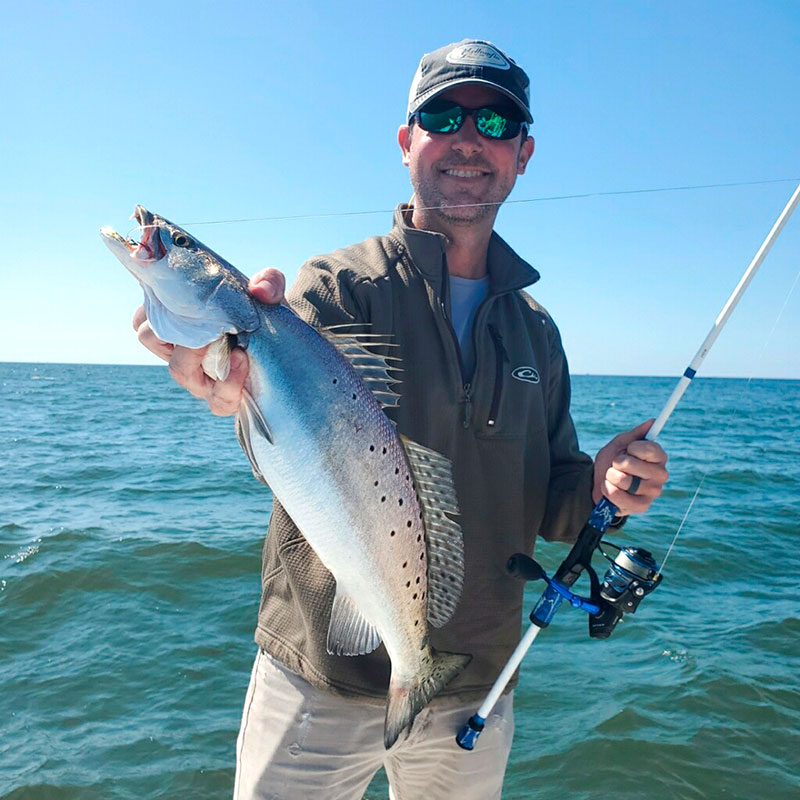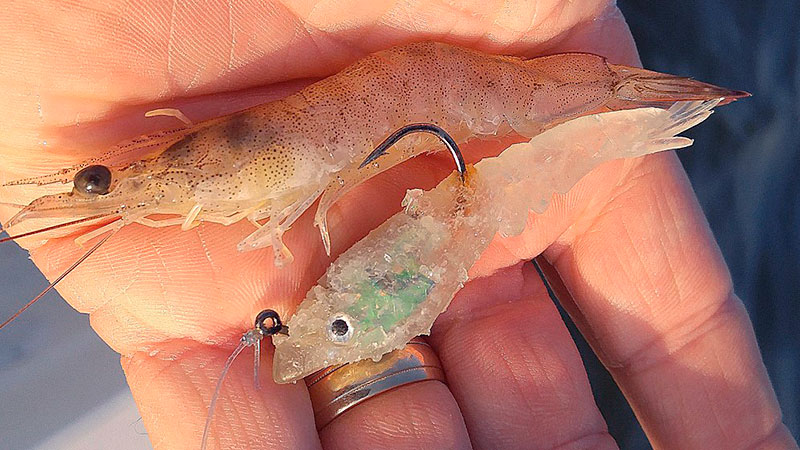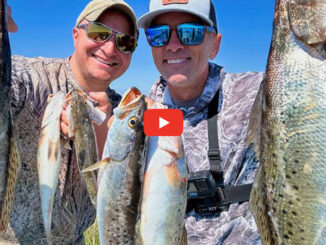
April is considered by many as a transition month for speckled trout. The movement of speckled trout can be tough for some anglers, but Cocodrie guide Capt. Tommy Pellegrin uses this time to his advantage and finds the trout to be predictable.
“The offshore trout are coming in and the interior ones are going out,” he said. “In and out makes it seem like they’re crossing each other, but they’re all meeting up in the middle by the islands and bays where the salinity levels are right for spawning. “
Finding them
Although most of the trout are not spawning until next month, Pellegrin uses those passageways to find them.
“The trout are going to take the main deeper bayous and channels where they can transfer themselves pretty quickly,” he said. “You want to fish any cuts and little bayous that are meeting with these major bayous.
“You want to work those corners and mixing waters where they’re coming from the marsh going south.”
Pellegrin recommends fishing places like the north side of Lake Pelto and the north side of Lake Barre.
Don’t stay too long
One big mistake anglers can make this month is sitting in one spot too long.
“If all the things are right: the tide is perfect, it’s calm, the water’s clean and you see bait, if you throw 10 casts and don’t catch anything, move,” he said. “They’re not in the massive schools like they will be when they’re spawning.”
Diving birds are frequent this month, but finding the right birds is critical because not all birds have speckled trout underneath them. Pellegrin uses a trick to know whether the bird fishing will be productive or not.
“The key way to know that birds are diving on shrimp the trout are chasing is if all the birds dive to one individual spot, that’s that one shrimp the trout are chasing,” he said.” If you have random diving birds spread out, that’s not trout.”
Shhhhhhh!
Pellegrin’s favorite bait this month is Berkley Rattle Shrimp in coastal candy fished under an oval cork.

“I like quiet corks,” he said. “With loud corks, you don’t catch the fish that aren’t extremely actively feeding because you’re scaring them.
“If you go more subtle, you’re not scaring the fish and you’re catching them. If you’ve ever been in a school of trout sucking down shrimp, there’s hardly any noise, so why make a bunch of noise if they don’t make that kind of noise anyway?”
The Rattle Shrimp can be a durable bait if anglers handle it the proper way.
“The bait is a shell plastic over a piece of lead,” he said. “If you grab the plastic to unhook it, you’re tearing the plastic. If you take a pair of pliers and grab only the hook, you’re not tearing the plastic.”


